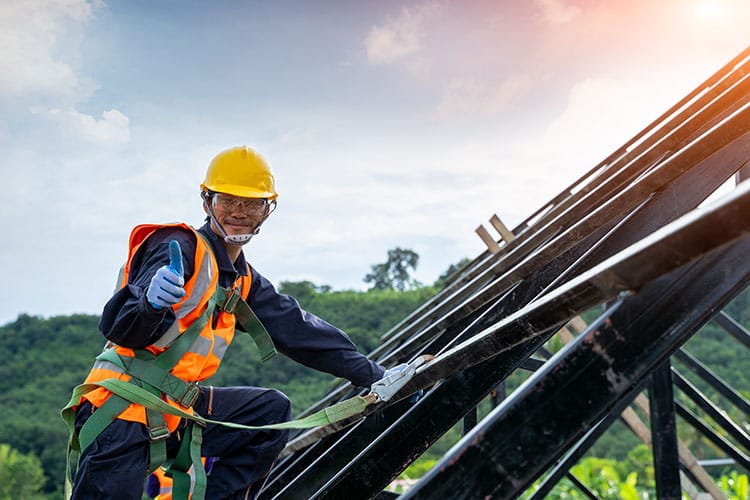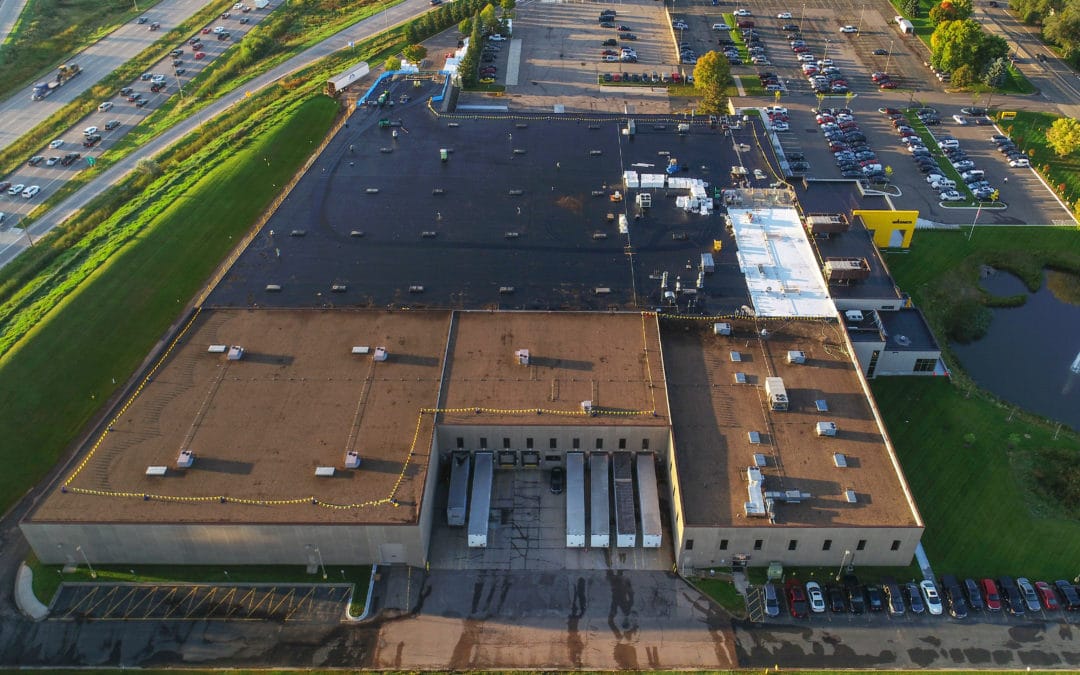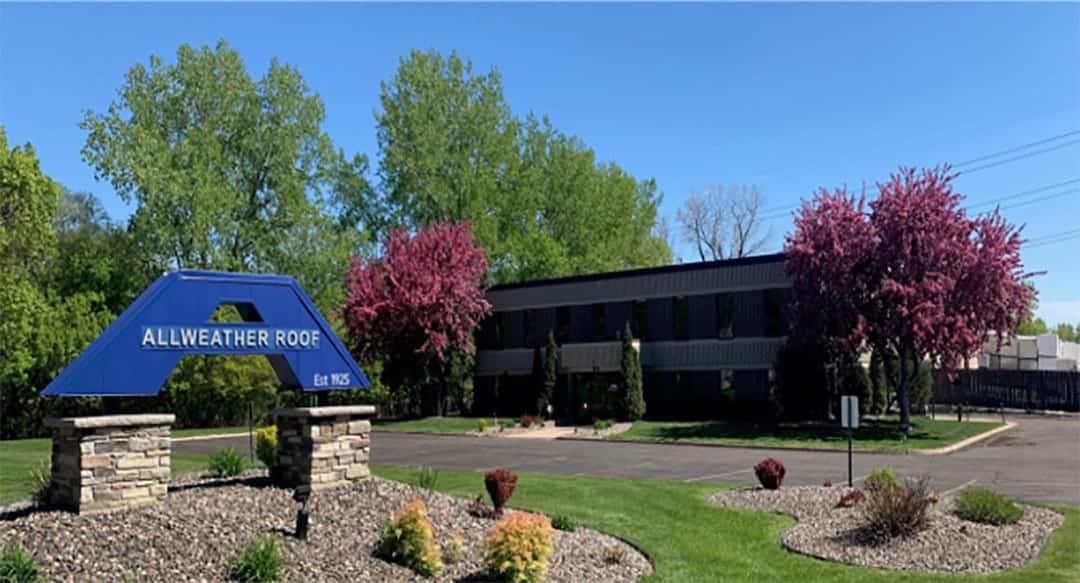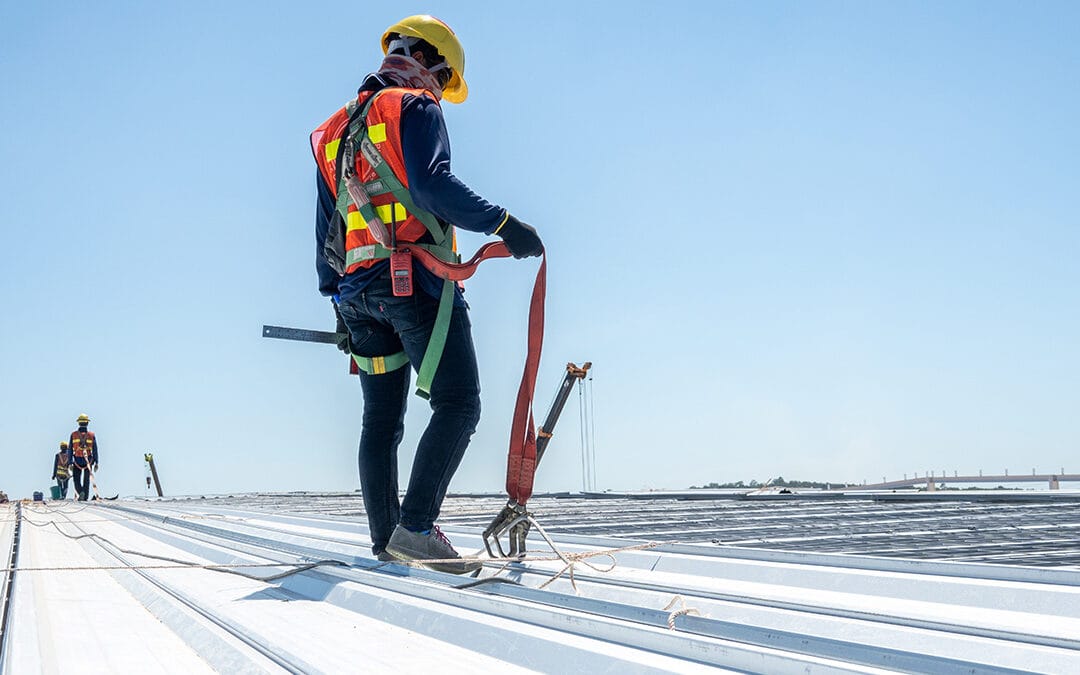Inspecting a commercial roof is crucial for maintaining the health and safety of a building. Commercial roofs should be inspected at least twice a year to ensure they are in good condition. Regular inspections can prevent small problems from developing into serious issues that require costly repairs. It’s important for us to keep a keen eye on any signs of damage, such as leaks or cracks.
During inspections, professionals will check for wear and tear, structural damage, and any signs of weather-related issues. This process helps identify potential problems early. Scheduled inspections can extend the lifespan of our roofs and avoid unexpected expenses.
Key Takeaways
- Regular roof inspections are important for maintaining building safety.
- We should inspect commercial roofs twice a year.
- Inspections help spot problems early and save on repair costs.
Importance of Regular Inspections
Regular inspections of commercial roofs are crucial. They help find small issues before they become big problems. This can save money and time.
Preventative Maintenance Benefits

When we inspect roofs regularly, we catch minor problems early. A small leak, if unchecked, can lead to serious damage. Repairs are often less costly when issues are found in the early stages.
By spotting wear and tear, we can address problems quickly. This prevents larger repairs and protects the interior of our buildings. Regular checks help us plan maintenance work and avoid and avoid costly emergencies.
Extending Roof Lifespan

Regular inspections add years to the life of our roofs. We can address damages from weather or debris promptly. This prevents further problems and weakening of the roof’s structure.
When we maintain and repair roofs consistently, they last much longer. This saves money in the long run as we avoid premature replacements. With routine care, we keep the roof strong and reliable for years.
Recommended Inspection Frequency
Regular inspections of commercial roofs are vital for spotting problems early. The frequency of these checks often depends on standard guidelines and factors unique to each roof. Both are crucial to maintaining a roof’s health.
Industry Standards
Industry standards suggest that we inspect commercial roofs at least twice a year. These checks are typically done in spring and fall. This schedule helps us find and correct any damage caused by harsh weather.
Besides this, it is important to have inspections after major storms. Doing so allows us to catch any storm-related damage quickly. Regular inspections help prolong the roof’s life and prevent costly repairs.
Factors Affecting Inspection Intervals
Several factors can change how often we need to inspect a roof. The roof’s age is a big one. Older roofs might need more frequent checks.
The type of roofing material also matters. Some materials are more prone to damage and may need extra care. Additionally, weather patterns play a role. Harsh environments can cause wear and tear, requiring more frequent inspections.
In areas with frequent severe weather, being proactive is key, and scheduling additional inspections might be necessary.
Inspection Process
Inspecting a commercial roof involves looking for visible issues and detailed checks by experts. Our goal is to catch any problems early.
Visual Examination Approaches
We start with a walk on the roof to look for cracks, bubbles, and pooling water. These can signal damage. It’s important to check the edges and joints where leaks might start.
We also look at drains and gutters. Blockages here can lead to water buildup. Clear drains help prevent damage to the entire roofing system.
Photographs are taken to track any changes over time. This helps us compare and see if any new issues come up, even if they aren’t obvious at first.
Professional Assessment Techniques
We often use moisture scans to find trapped water that isn’t visible. This can highlight hidden problems that could weaken the roof.
Infrared inspections can find temperature changes. Cold spots might point to water or missing insulation. This technology gives us a close look without tearing into the roof.
Experts also check warranty conditions to ensure compliance. Meeting these conditions can save money on repairs or replacements in the long run. This thorough assessment keeps us informed and prepared.
Frequently Asked Questions
We examine recommendations, factors influencing inspection frequency, consequences of overlooking inspections, along with strategies to extend roof longevity. Seasonal factors and inspection elements are also discussed.
What is the recommended frequency for professional commercial roof inspections?
It’s best if we have our roofs checked at least twice a year—once in the spring and once in the fall. Regular inspections help us catch any damage or wear that could get worse over time.
What factors determine the need for more frequent commercial roof inspections?
Several factors can increase the need for inspections. These include severe weather, roof age, and nearby tree branches or debris. Older roofs or those in storm-prone areas might need more frequent checks.
What are the consequences of not regularly inspecting a commercial roof?
Skipping regular inspections can lead to leaks, structural damage, and higher repair costs. Without inspections, small issues might turn into big problems, affecting our building’s integrity and safety.
How can the life expectancy of a commercial roof be extended through inspections?
Routine inspections allow us to detect and repair minor issues early. By addressing problems promptly, we prevent more extensive damage, helping our roof last longer and maintain its functionality.
Are there seasonal considerations for scheduling commercial roof inspections?
Yes, seasonal weather can impact when we inspect our roofs. Spring and fall are ideal times because they follow extreme winter and summer conditions that might have caused damage.
What key elements are checked during a commercial roof inspection?
During an inspection, professionals evaluate the roof’s surface, drainage systems, flashing, and seals. They look for signs of wear, leaks, and damage, ensuring the roof is in good condition.


